The Power of AI for Web Apps: What You Need to Know
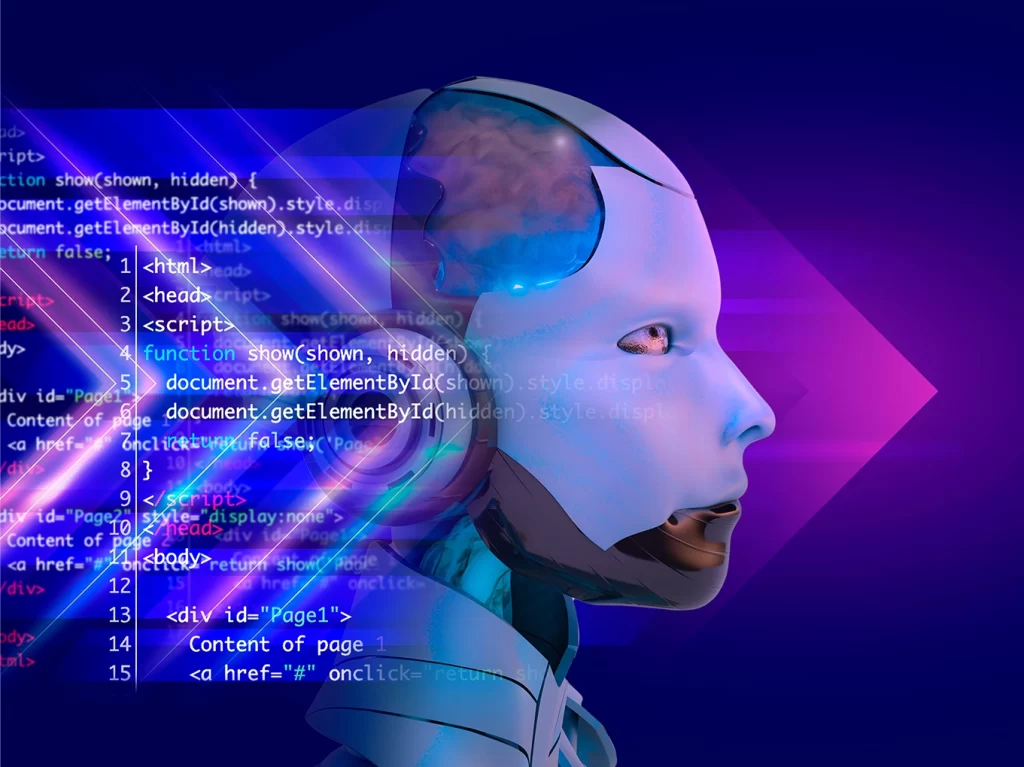
Amazon, Google, and Apple are just a few of the tech giants investing heavily in AI technology.
From sci-fi movies to real-life applications, AI has had a profound impact on our lives – and this impact is only set to grow in the coming years.
But how does AI fit into the world of web development?
As it turns out, AI has enormous potential to revolutionize web design and development.
From automated testing to predictive analytics, there are countless ways AI can streamline and enhance the web development process.
And with more and more companies investing in AI for Web Apps, it’s clear that this is a trend that’s here to stay.
So, if you’re a web developer or business owner, it’s essential to stay up to date with the latest developments in Artificial Intelligence in Web apps.
AI is Taking Over
AI is everywhere these days! It’s not just in the movies anymore, but it’s impacting our lives in real-time. From the way we communicate with each other to the way we work and even the way we travel, AI has been redefining modern life.
One of the most significant ways that AI is shaping our society is through its integration into tech.
Machine learning and artificial intelligence are spreading like wildfire throughout the tech world, and according to a Statista report, the revenue from AI is expected to reach $126 Billion in 2025.
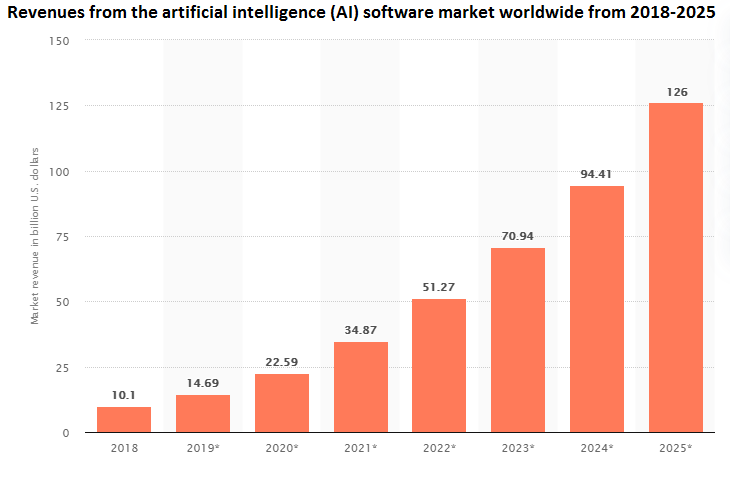
So, what is the role of AI in society? It can be summarized in several ways:
First, AI enables machines to play roles that were previously reserved for humans. This includes everything from production to recycling, development to design, transportation to infrastructure, and more.
Second, AI emphasizes the development of smart and intelligent machines that can act like humans.
Third, AI helps companies boost their user experience by creating stronger human connections. It’s achieved through improved social listening, data analysis, and facial recognition, allowing businesses to understand their customers’ behavior on a deeper level.
AI Implementation has been profound, and it’s exciting to see how this technology plays out in web development and design.
Artificial Intelligence in Web Development
When we talk about AI technology for web development, we’re really talking about the ways in which it can be used to enhance the website’s user experience. And here are some examples of how different AI techniques can be used to achieve that:
Natural Language Processing (NLP)
NLP is a technique that allows computers to understand and interpret human language. This can be incredibly useful for web applications that involve communication between humans and machines.
Chatbots can use NLP to understand and respond to user questions and requests. NLP can also be used to automatically generate descriptions or summaries of website content, making it easier for users to find what they’re looking for.
Imagine a travel website that has hundreds of pages of content about different destinations. NLP will automatically generate summaries of each page and users can quickly scan through the summaries to find the information they need.
Greater User Experience
Have you ever noticed how Netflix recommends shows or movies based on what you’ve previously watched or liked? That’s a perfect example of Recommendation systems for web Apps.
This is one of the key benefits of AI technology for web development. The ability to create a more personalized and engaging user experience.
AI algorithms analyze user behavior to recommend content or products tailored to their interests. They can also be used to optimize the layout and design of a website based on user interactions, making it easier for them to navigate and find what they’re looking for.
Machine Learning (ML)
Machine learning is when algorithms are trained on a vast amount of data to make predictions or decisions without being explicitly programmed to do so. In web development, machine learning can be used to create predictive models to anticipate user behavior or preferences.
For example, let’s say you’re running an e-commerce website. You could use machine learning to analyze your users’ browsing history to understand their preferences.
So, if a user has frequently purchased products in the “men’s clothing” category, the ML model could predict that they’re more likely to be interested in similar products. This will create a personalized user experience, improving their experience on your website.
AI for Web Apps
Marketing
AI is not only revolutionizing the way we build and design websites and web applications, but it is also changing the way we market.
AI-powered chatbots are one such example. They are used to interact with users in a conversational way and help businesses promote their products or services.
These chatbots are designed to understand the user’s queries and respond accordingly, providing helpful suggestions or solutions to their problems.
This helps businesses connect with customers on a more personal level, increasing their satisfaction levels and retention rates.
Easier SEO
One of the main goals of SEO is to understand what users are searching for and create content that satisfies their search queries.
Predictive analytics for Web Apps can analyze user behavior and search trends to gain insights into what users are searching for and how they interact with search results.
AI can also identify patterns and predict future search trends to help web developers create content that matches users’ search queries. Thus, AI can make SEO optimization a lot easier and quicker if you use it efficiently.
5 examples of Artificial Intelligence in Web apps
Web apps are increasingly employing artificial intelligence (AI) in different areas of their operations. Below are five examples of how web apps use AI to automate their systems, create recommendation engines, provide image recognition, integrate natural language processing, and develop web-based chatbots.
Web apps are increasingly employing artificial intelligence (AI) in different areas of their operations. Below are five examples of how web apps use AI to automate their systems, create recommendation engines, provide image recognition, integrate natural language processing, and develop web-based chatbots.
Recommendation Engines of Amazon and Netflix
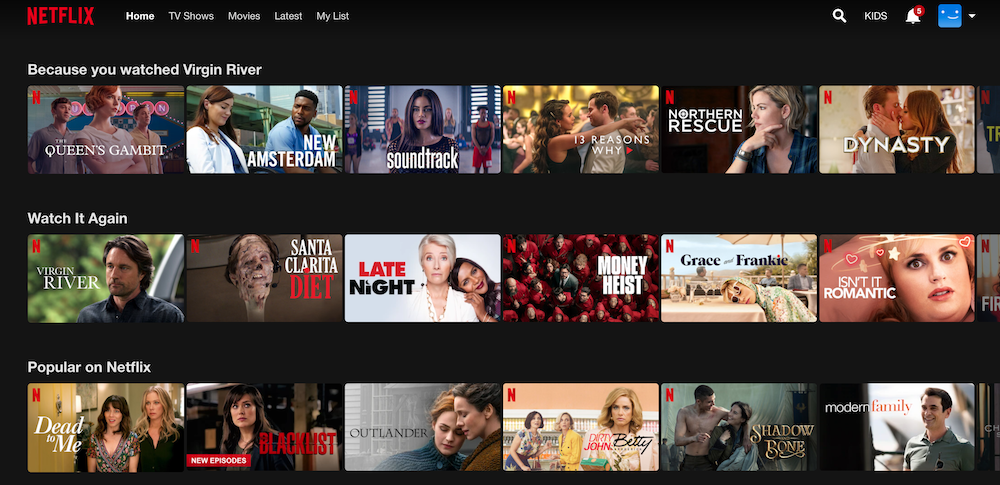
AI-powered Web Apps to curate content based on users’ contexts. Amazon uses an item-based collaborative filtering algorithm for product classification. Amazon’s recommendation system uses both goods-based recommendations (here users are recommended items like what they liked in the past), and buddy-based recommendation (here users are recommended things their Facebook friends like).
Another popular example is Netflix, which revamped its Recommendation systems for web Apps. One of their research projects indicated that the artwork was not only the biggest influence on a viewer’s decision to watch content. But it also drew over 82% of their focus while browsing Netflix. This made them develop a new image recommendation algorithm which works in real-time to project the image it thinks the user will respond to.
Google and Microsoft using Image recognition

These are AI-powered Web Apps that use image recognition for multiple uses, including object and pattern recognition, locating duplicates (exact or partial), and image search by fragments.
Two famous examples that use image recognition are Google’s Quickdraw and Microsoft’s Captionbot.ai.
Quickdraw is Google’s AI-powered web app game where users draw an everyday object that a neural network tries to recognize. The goal of Quickdraw is to generate the world’s largest doodling dataset, which is shared publicly to help further machine learning research.
On the other hand, Captionbot.ai is a web app by Microsoft that can automatically generate a caption for an uploaded photograph. Users can rate how accurately it has detected what was on display, and the algorithm learns from the rating to make the captions more accurate.
It uses three separate services to process the images: the Computer Vision API, the Bing Image API, and Emotion API. The Emotion API analyses facial expressions to detect anger, contempt, disgust, fear, and other traits. Based on the results from these APIs, the caption is generated.
Google Docs powered by Natural Language Processing
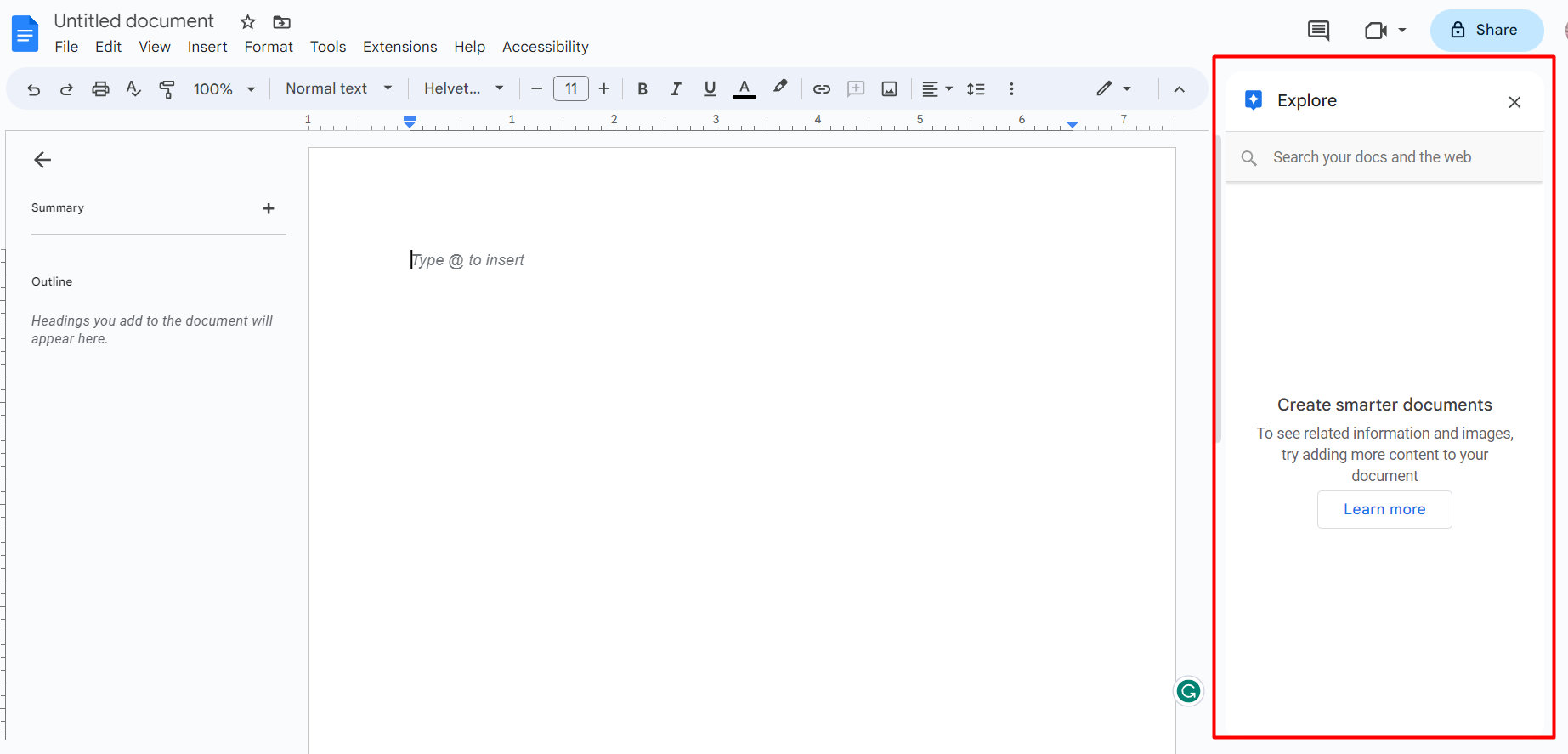
AI for Web Apps can also be fueled with cognitive capabilities to make them stand out from other apps. One example is Google Docs, which uses natural language processing.
Google Docs and Slides come with an Explore feature to show text, images, and other features relevant to the document that a user is working on at any given point.
This platform also uses natural language to search through data and reports and automatically generate formulas in Sheets.
Google Docs recently incorporated an AI grammar checker, which uses a machine translation algorithm to recognize errors and suggest corrections as users’ type.
Web-based artificial intelligence Chatbots
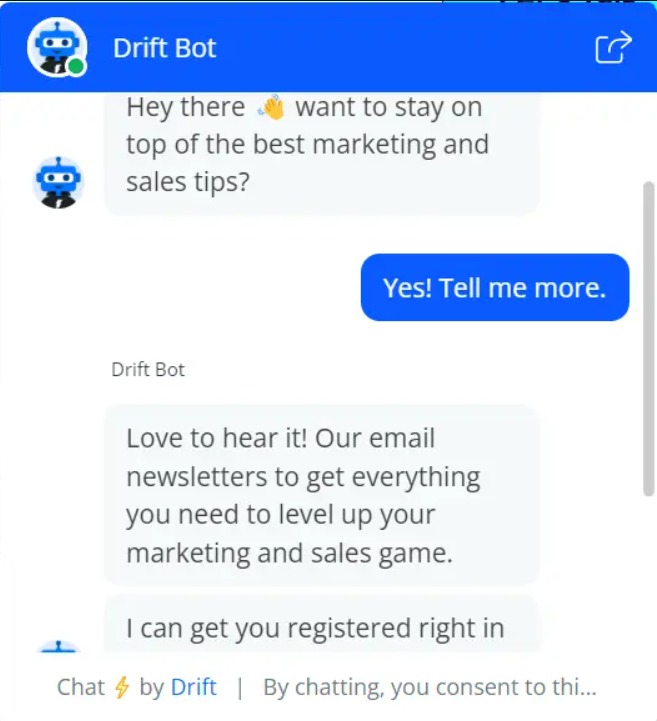
Web-based chatbots use AI techniques such as natural language understanding and pattern recognition to interact with users in the website browser. They store and distinguish between the context of the information provided and elicit a suitable response for future replies.
Live Chat bots is an example of this type of Artificial Intelligence application. They let you automate a conversation with a visitor on your website. Many live chat software companies are already experimenting with chatbots. Examples include the Operator bot used by Intercom, a company building a customer messaging platform, or Driftbot by Drift, which gives your website personal assistant.
Web-based code helpers using AI
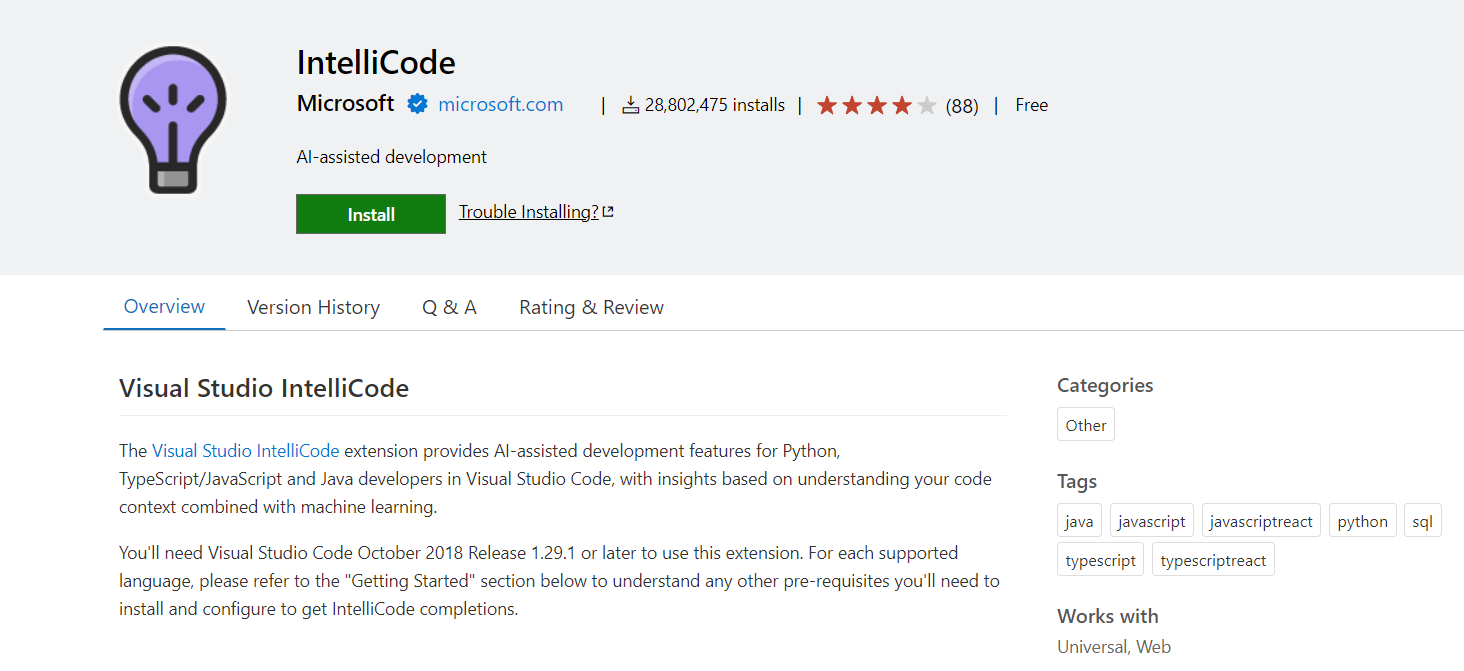
Web-based code helpers are a great tool for programmers who are looking to streamline their coding process. These chatbots use natural language processing and machine learning algorithms to assist developers in writing and debugging their code. They offer suggestions, provide helpful hints, and even write code snippets for you.
One web-based code helper is Microsoft’s AI-based IntelliCode. This tool offers intelligent suggestions as you type your code, taking into account your coding style and the context of your code. Another tool is Tabnine, which uses machine learning algorithms to suggest code completions and save developers time by predicting what they’re trying to write.
The Future of AI in Web Development
As AI technology continues to advance, we can expect to see more innovations and breakthroughs in web development. While some may fear this trend, the future of AI for Web Apps is ultimately a positive one.
AI will help developers work more efficiently, allowing them to focus on higher-level tasks that require creativity and innovation. As we move forward, it will be interesting to see how it affects our daily routine and life.
We are definitely ready for this exciting change, are you?

Post a Comment